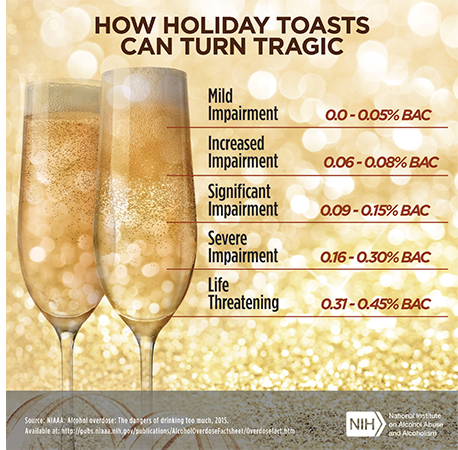Alcoholism and drug addiction in families are hard on children, especially at this time of year. For children ages 7-12 whose parents are struggling with substance abuse, the greatest gift may be a break from it all—a chance to have fun, express feelings, and heal the hurt. Kids Camp at The Council, December 29-31st, is that gift and registration is still open to all.
Kids Camp at The Council helps kids learn they are not alone and that other kids and families have similar experiences. Through art, games, role-play, and fun activities, kids learn to identify and express feelings, develop self-care skills, and deepen communication with their family.
Parents, caregivers, and teen siblings join the children for portions of the program, including family education and support. All services are provided in a safe and confidential setting.
Kids Camp at The Council helps parents and children open lines of communication and heal the hurt in their relationships. By learning about addiction in an age-appropriate way, kids gain valuable insight and understanding. The entire family learns new skills and is given the tools to recover.
It takes great courage to address the struggles and obstacles your family may be experiencing. Now is the time to show your children that family can prevail, healing is possible, and there is hope for a brighter tomorrow. Kids Camp is one gift that will keep giving throughout the year.
To register for the upcoming Kids Camp at The Council, December 29-31st, call 281.200.9299 or email children@council.org.




